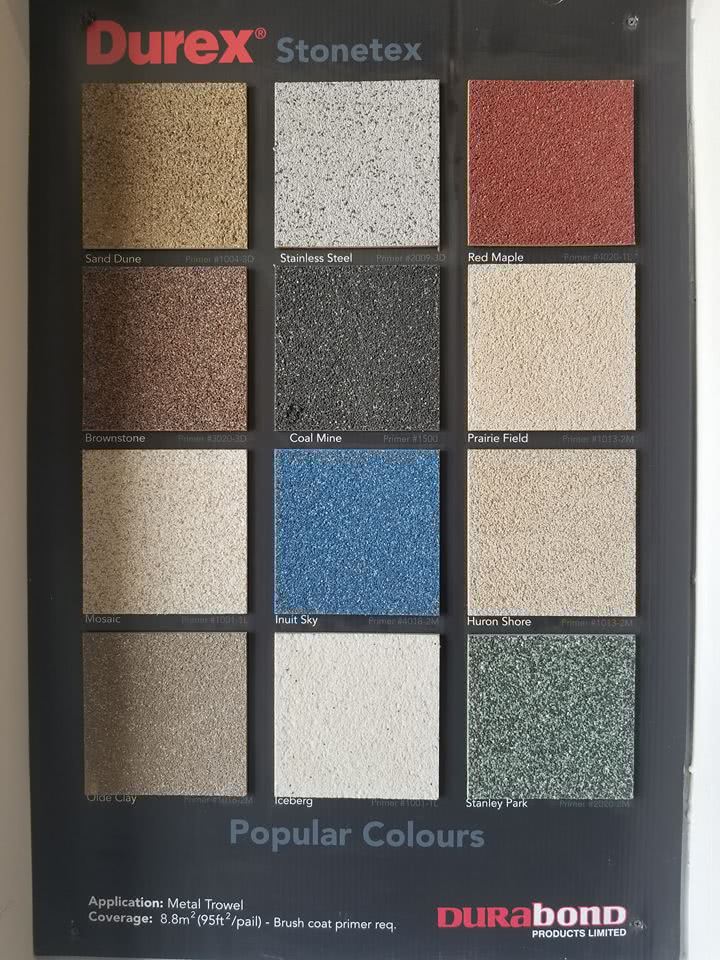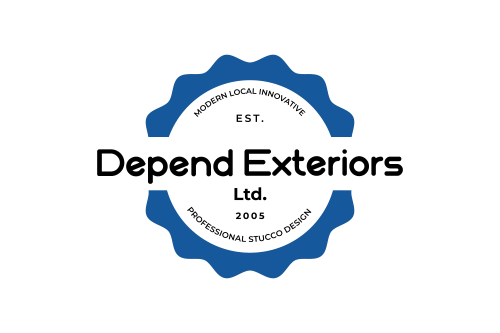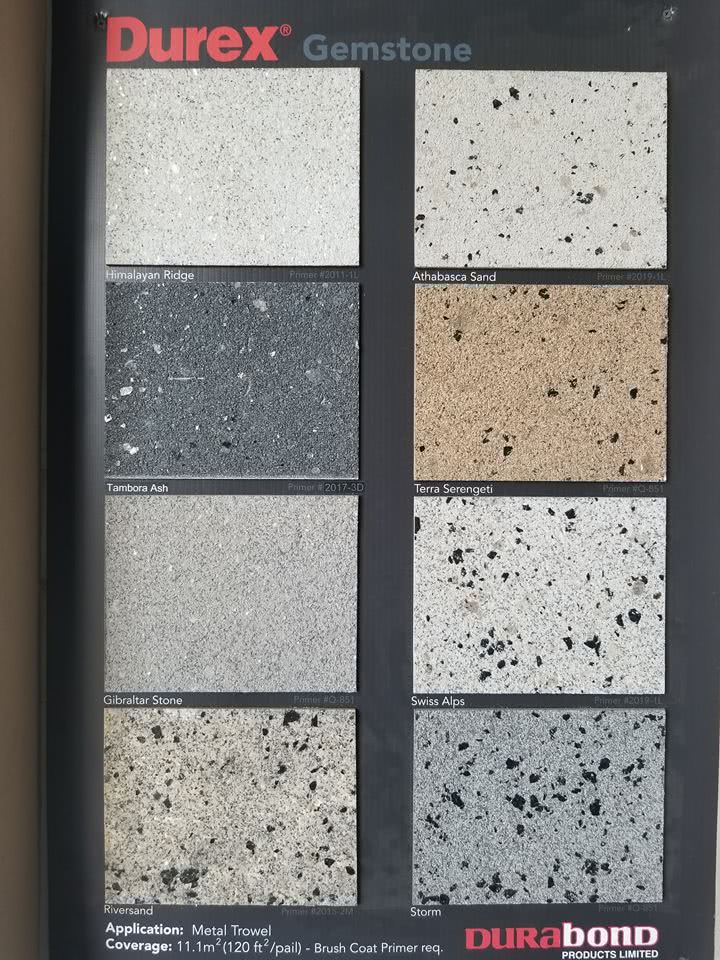
EIFS or Traditional Stucco? Choosing the Right Option for Your Edmonton Home

When it comes to selecting an exterior finish for your home in Edmonton, the options can be overwhelming. Two popular choices that often come up are Exterior Insulation and Finish Systems (EIFS) and traditional stucco. Each option has its unique characteristics, benefits, and drawbacks, which can make the decision-making process a bit daunting. In this article, we'll explore both EIFS and traditional stucco in depth, helping you to make an informed choice for your Edmonton home.
Understanding EIFS: The Exterior Insulation Finishing System
What is EIFS?
EIFS stands for Exterior Insulation and Finish System. It’s a multi-layered exterior wall system that includes insulation board attached to the substrate, a base coat with fiberglass mesh for reinforcement, and a finish coat that provides aesthetics as well as additional protection against the elements.
Components of an EIFS System
Benefits of EIFS
- Energy Efficiency: One of the main advantages of an EIFS system is its energy efficiency due to excellent insulation properties.
- Design Flexibility: EIFS can mimic various architectural styles, allowing homeowners to achieve their desired look without sacrificing performance.
- Moisture Resistance: When installed correctly by professionals like Depend Exteriors in Edmonton, AB, an EIFS system offers superior resistance to moisture intrusion.
Drawbacks of EIFS
- Installation Sensitivity: Proper installation is crucial; otherwise, it may lead to moisture problems.
- Repair Difficulties: If damaged, repairs can be complex compared to traditional stucco.
Exploring Traditional Stucco Finishes
What is Traditional Stucco?
Traditional stucco is a mixture of Portland cement, sand, water, and lime applied in multiple layers over a lath base. This time-tested method has been used for centuries and remains popular today.

Components of Traditional Stucco
Stylish Interior Stucco Moulding ApplicationsBenefits of Traditional Stucco
- Durability: Traditional stucco is incredibly durable when properly maintained.
- Classic Aesthetic Appeal: It offers a timeless look that many homeowners appreciate.
- Fire Resistance: Being made primarily from cement makes it less susceptible to fire damage compared to other materials.
Drawbacks of Traditional Stucco
- Cracking Risk: Over time, traditional stucco can crack due to settling or temperature changes.
- Limited Insulation Properties: Compared to an EIFS system, traditional stucco may not provide optimal insulation.
Comparative Analysis of EIFS vs. Traditional Stucco
| Feature | EIFS | Traditional Stucco | |----------------------------------|------------------------------|------------------------------| | Energy Efficiency | High | Moderate | | Installation Complexity | High (requires skilled labor)| Moderate | | Maintenance | Moderate | High (requires regular checks)| | Repair Difficulty | High | Moderate | | Moisture Resistance | High (if installed properly) | Moderate |

Cost Considerations for EIFS vs. Traditional Stucco
Choosing between EIFS or traditional stucco also involves considering costs associated with installation and maintenance:
Initial Costs
The initial costs will vary based on several factors including:
- Size of your home
- Type of materials used
- Labor costs
Typically, while traditional stucco might have lower upfront costs than an EIFS system due to simpler installation techniques, long-term expenses could balance things out depending on maintenance needs.
Long-Term Costs
Long-term costs include:
An energy-efficient option like an EIFS might save you more on heating bills in cold Edmonton winters compared to traditional stucco installations!
Environmental Impact of Both Systems
When evaluating any building material's sustainability profile—especially in today's eco-conscious world—it’s essential to consider its environmental impact:
EIFS Environmental Considerations
Much like other insulated wall systems:
Traditional Stucco Environmental Considerations
While often seen as less energy-efficient:
Aesthetic Choices Between Both Finishes
The visual appeal of your home greatly matters! Let’s break down how each option fares regarding design flexibility:
Design Flexibility with EIFS
EIFS offers numerous finishing textures and colors that allow homeowners extensive customization options—making it easy when searching for “EIFS finish near me”!
Popular Options Include:
Design Flexibility with Traditional Stucco
Traditional stucco also boasts various designs but may feel more limited compared to modern finishes available with newer systems like EIFS.
Popular Options Include:
Weather Resistance Features
Weather plays a massive role in determining what exterior finishing you should choose for your Edmonton home:
EIFS Weather Resistance
An effectively installed EIFS provides:
However—it's crucial that proper drainage provisions are incorporated during installation!
Traditional Stucco Weather Resistance
Traditional stuccos fare reasonably well against harsh weather conditions but often require timely maintenance checks:
Key Considerations Include:
Maintenance Needs for Both Systems
Proper care extends lifespan—so let’s discuss routine upkeep expectations:
EIFS Maintenance Requirements
Generally low-maintenance but still requires periodic inspections focusing on: 1.Drainage issues 2.Water intrusion signs
If you’re looking for “EIFS repair near me,” always consult reputable professionals like Depend Exteriors - stucco contractor in Alberta CA!
Traditional Stucco Maintenance Requirements
Regular inspections should check areas prone to cracking/separation while power washing once every few years keeps dirt accumulation at bay!
Choosing Between Both Options
Ultimately deciding between these two finishes boils down personal preference! Here are some questions worth considering:
1.Will my region experience frequent extreme weather? 2.Am I prepared financially long-term? 3.Do I desire extensive aesthetic flexibility?
By reflecting upon these inquiries alongside weighing pros/cons highlighted here—you’ll emerge confidently ready tackle either option!
FAQs about EIFS vs.Stucca
Here are some frequently asked questions surrounding these options:
Q1: Which option lasts longer—EIFs or traditional stuccos?
A1: With proper installation/maintenance both options offer significant longevity—but traditionally-styled houses sometimes face premature wear if not addressed often enough!
Q2: Can I apply either finish over existing siding?
A2: Yes! However consulting professionals beforehand ensures compatibility while adhering local building codes will save headaches later down road!
Q3 Does insurance cover damages related both types finishes?
A3 Typically yes; however policies vary significantly among providers so checking specifics before proceeding protects homeowner interests accordingly!
Artistic Stucco Moulding for Distinctive FacadesQ4 Are there eco-friendly alternatives either option available?
A4 Many manufacturers now offer sustainable options encompassing recycled components—or opting natural stone veneers presents another environmentally considerate choice altogether!
Q5 How much does installing either system cost per square foot?
A5 Costs fluctuate widely depending factors mentioned earlier averaging $6-$12/sq.ft depending complexity involved scaling up/down projects accordingly based customer preferences/value placed aesthetics vs durability ratios overall!
Q6 What warranties come standard when choosing either material?
A6 Most contractors provide warranty coverage on materials/installation ranging anywhere one year ten years based specific agreements negotiated beforehand ensuring peace mind throughout ownership tenure afterwards!
Conclusion
In conclusion, choosing between EIFS or traditional stuccos ultimately depends on your priorities as a homeowner—whether it be aesthetics flexibility,durability concerns,cost management strategies,and more!
With ample research into different aspects presented here plus consulting experienced professionals like Depend Exteriors in Edmonton AB—you’re sure find right fit suited best needs align vision future home sweet home!